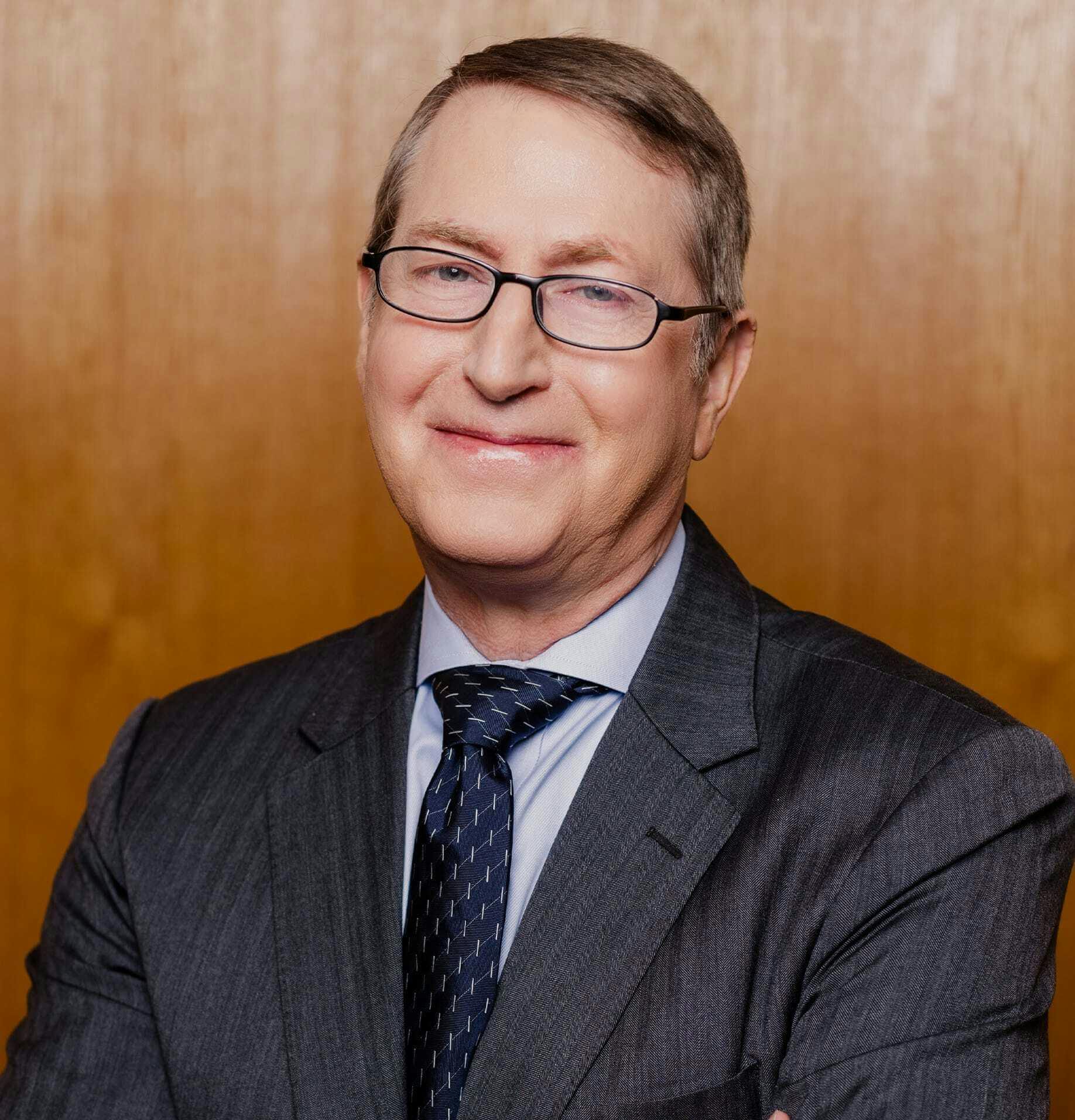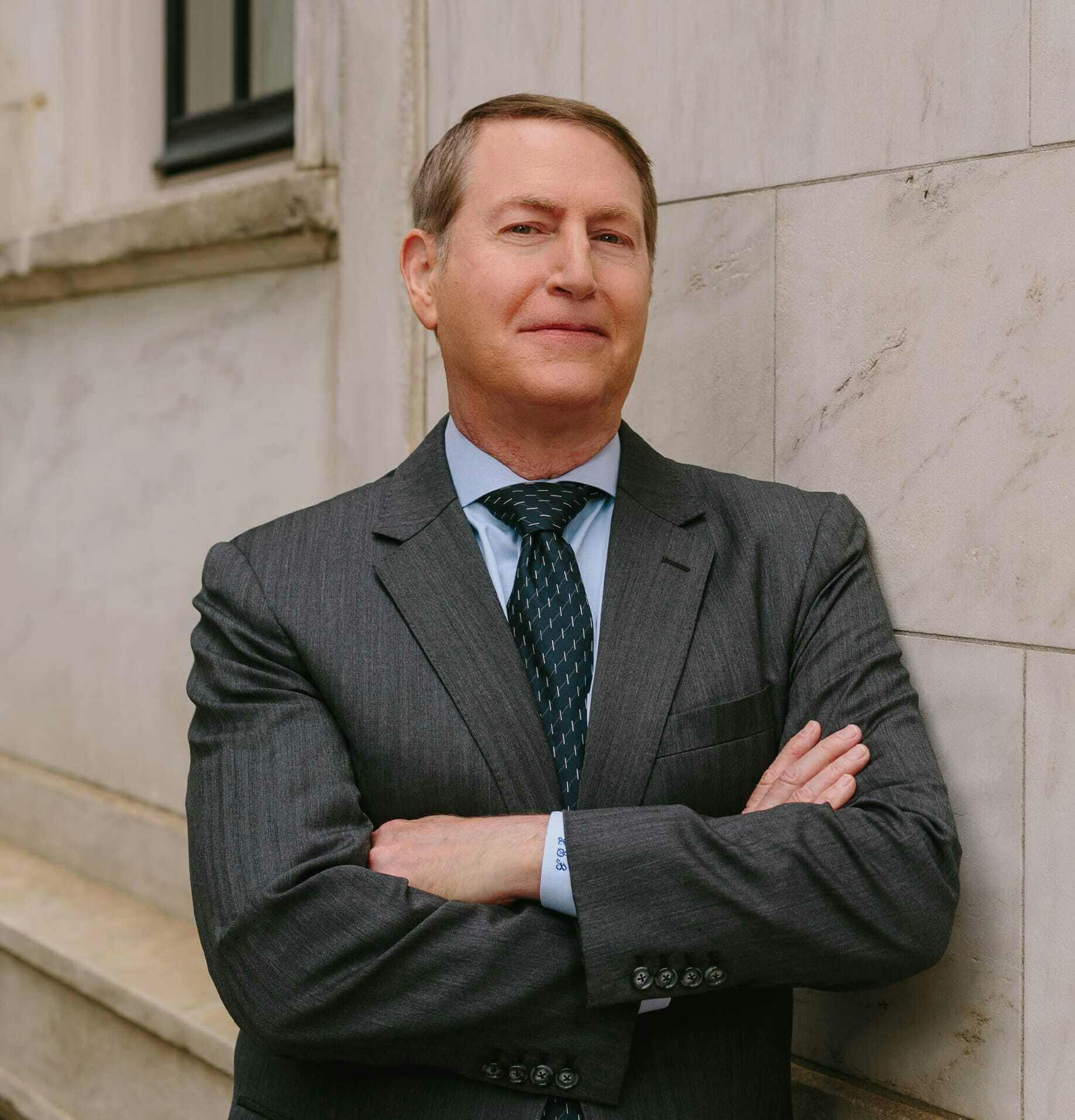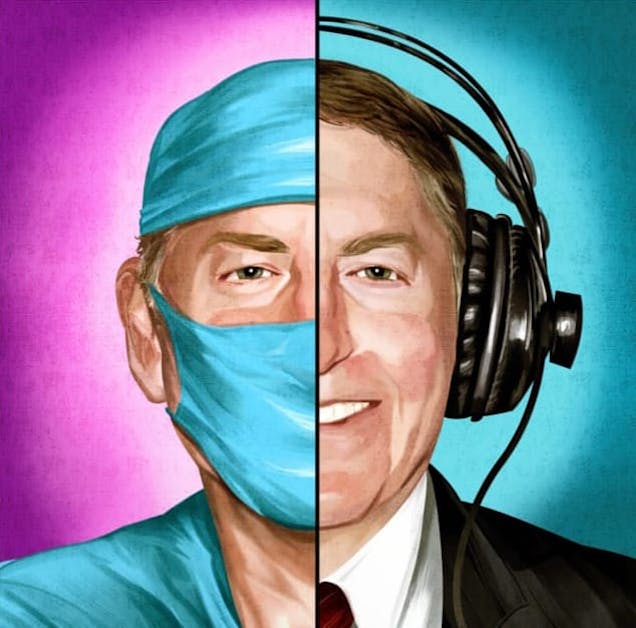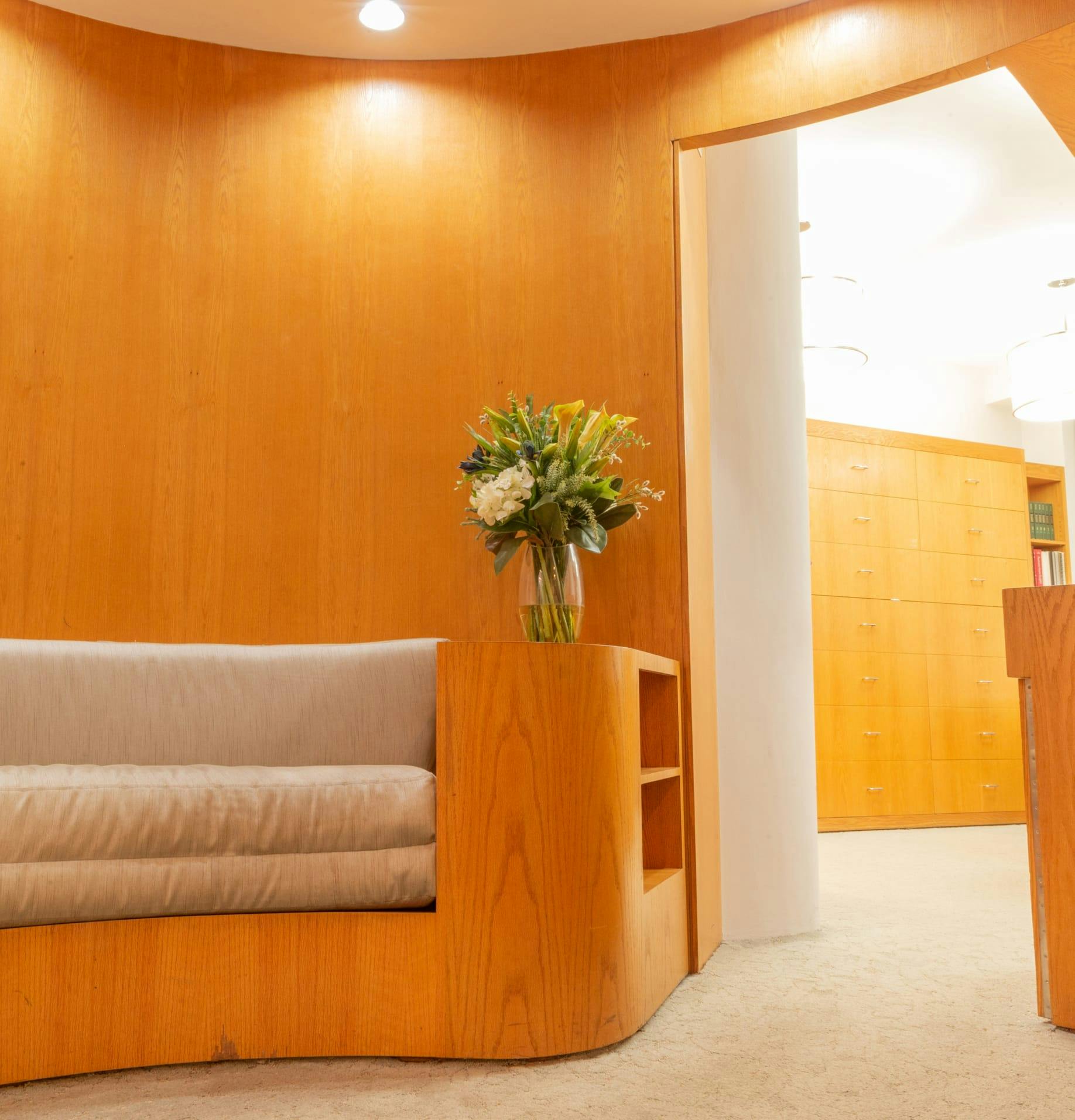An alluring option for facial rejuvenation, facial fat grafting is integral to many facelifts or as a stand-alone procedure, utilizing the body's own tissue instead of synthetic fillers to help restore facial volume and shape.
Fat Graft Or Synthetic Fillers?
Longevity and a lower risk of allergic reaction are key advantages to fat grafting. Fat grafts are ideal for those who wish to avoid using synthetic fillers either because of fear of allergy or complication, cost efficiency when larger volumes are needed, or a simple preference for the body's own cells over artificial material. Fat grafts often last 3 years or longer, significantly longer than synthetic fillers.
Fat grafting is a surgical procedure that always produces a degree of bruising and swelling, requiring some downtime for recovery. Note, there is less fine shape control with fat grafting when compared to fillers. Durability is less predictable due to variation in the percentage of fat cells that survive the graft, which varies from patient to patient.








